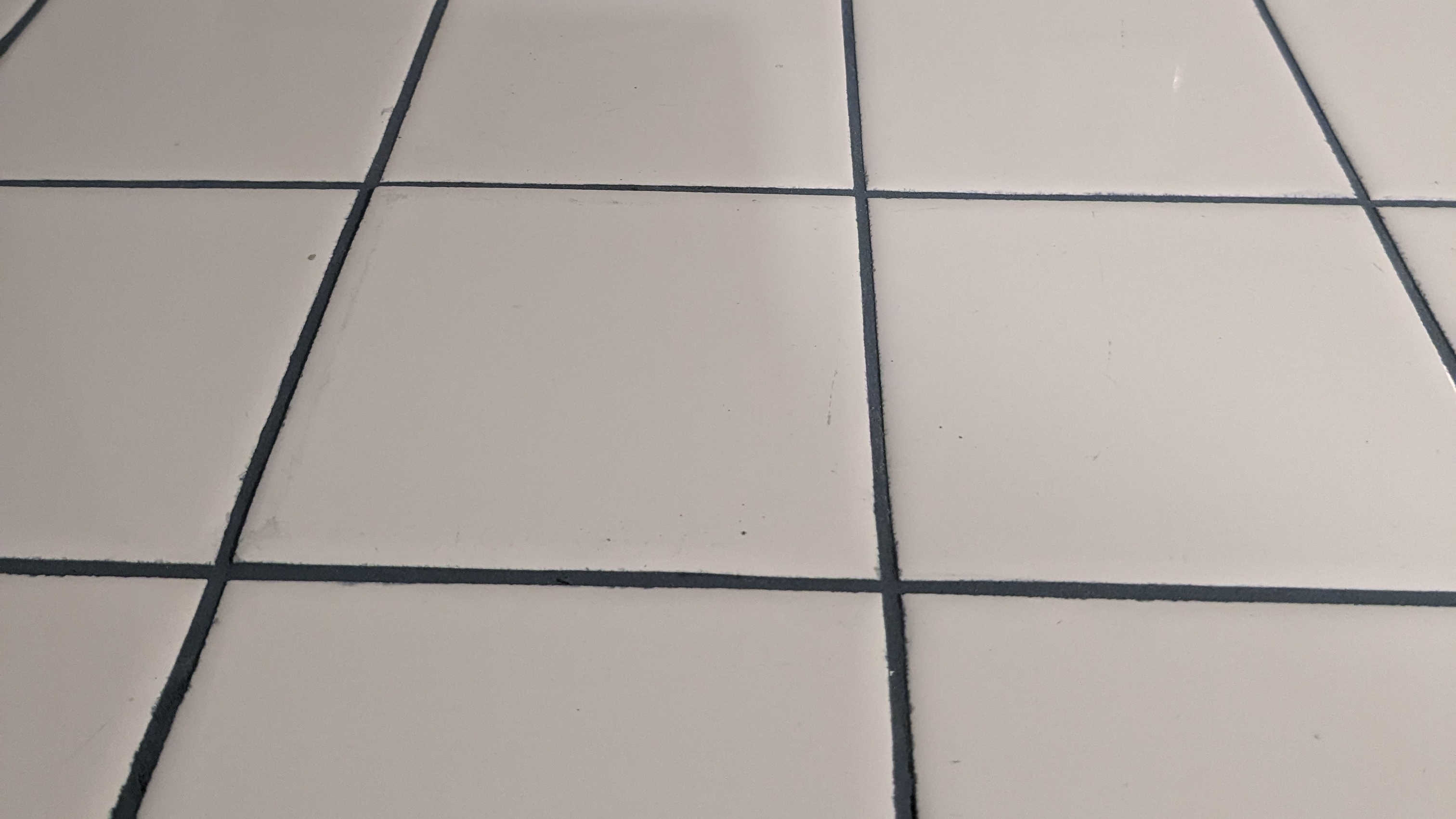For Part 1, click here.
For Part 2, click here.
For Part 3, click here.
For Part 4, click here.
For Part 5, click here.
Cesspools
There are two kinds of cesspools, tight and leaching. If the soil is porous and there are no near-by wells (one hundred feet is a safe distance), the later form is preferred as it saves pumping out. But the most absorbent soil still in the course of time become choked with grease, and the cesspool will fill up so that a new one will have to be dug. On the other hand, a tight cesspool will have to be pumped out at short intervals, which is a costly and annoying process. Therefore, some other form of sewage disposal is to be preferred on sanitary as well as on economical grounds; and it will ultimately pay for the extra outlay.
A good substitute for a cesspool is provided by digging a trench, say 100 feet long, 2 feet deep, and equally wide; lay a 4 inch tile drain with open joints, and fill in around it with cobblestones and large gravel of the size of eggs. The top is to be left open, and the fresh sewage discharged into the drain until it fills up to the top. In a short time it will soak away into the soil and disappear. If any odor is perceptible, a pound of copperas should be dissolved in a pail of hot water and emptied into the drain.
Sub-Surface Irrigation
This method of sewage disposal has been widely advocated by Col. Waring and other sanitary engineers. Under favorable conditions it gives good results; namely, where there is porous soil or one that is thoroughly underdrained. In a tough clay soil such drainage is absolutely necessary. The sewage is first collected in a small brick cesspool which serves as a settling-basin, and which is supplied with a tip-over flush-tank or siphon which discharges intermittently and spreads the liquid sewage broadcast through a gridiron of open-jointed tile pipes covering half an acre of ground and laid just below the surface, the joints being covered with hay or tarred paper to exclude dirt. The air penetrates through and oxidizes the sewage; the roots of the grass or other vegetation also soak it up, and what remains after filtering through the soil comes out as almost clear water and is quite harmless. The pipes do not freeze in the winter, nor are the seriously affected by frost; but usually they have to be relaid every few years to preserve a uniform grade. If the ground is nearly level, and there are plumbing-fixtures in the basement, as is usually the case, it will be impossible to keep the pipes sufficiently close to the surface of the ground to use this method of disposal, and in this case the old-fashioned cesspool may have to be utilized.
For institutions or small settlements the septic tank and filter-beds may be recommended. The former is simply a tight cesspool in which the sewage is kept in darkness form six to twelve hours so as to be exposed to the action of anaerobic bacteria which destroy about one-half of the putrescible material. It is then turned on to a series of filter-beds formed of coke, crushed stone, or course sand and gravel, and allowed to settle for twenty-four hours, each filter-bed being used in turn. Through the action of aerobic bacteria, the effluent will be so purified as hardly to be recognized, and can be discharged into an ordinary stream. This method of sewage disposal is the most promising now in use.
A good plan for disposing of the sewage of a small house has been devised by Dr. H.B. Bashore. A series of galvanized-iron gutters (old leader pipes in short) are arranged four feet apart and perforated with nail holes, so that when fed from a kitchen or other waste-pipe the sewage is distributed evenly over a garden or field, thus providing and excellent fertilizer at slight expense and without annoyance.
Earth-Closets
Where water-closets can not be provided, the earth-closet is an admirable substitute for the old fashioned privy. All that is necessary is the have a cemented vault, and to provide a box full of loamy soil or sifted ashes, with a little chlorid of lime to be used systematically. In this way no odor will be created, and the fluids will be soaked up so as not to furnish a breeding-place for flies or mosquitoes. There should be an opening at the side of the vault to clean it out at intervals. A better plan is to have a substantial wooden box, coated inside and outside with asphalt paint, and supplied with handles by which it can be drawn out and carted away. For location indoors, a couple of galvanized pails with a box of sifted earth or ashes (the pails to be used in succession) will give entire satisfaction.
To be continued….
- From The Standard Family Physician: A Practical International Encyclopedia of Medicine and Hygiene Especially Prepared for the Household. Copyright 1907 by Funk & Wagnalls.





Leave a Reply